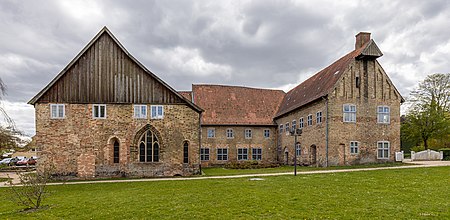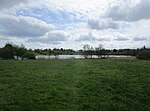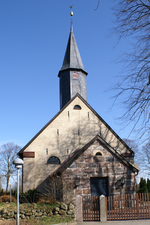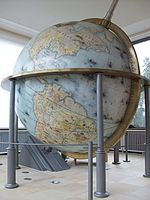Graukloster (Schleswig)
Franciscan churches in GermanyFranciscan monasteries in GermanySchleswig-Holstein

The Graukloster, also known as Kloster St. Paul or Kloster St. Paulus, is a former Franciscan monastery located in Schleswig, Germany. It is named after the gray color of the Franciscan uniform (religious habit). Following the dissolution of the monastery in 1528/29, the convent buildings were transformed into a shelter for the poor (Armenstift), while the church came under the ownership of the town and was converted into a town hall. The present-day classicistic town hall was built on the foundation walls in 1794/95. Some sections of the medieval convent buildings still remain intact and have been utilized by the city administration since the 1980s.
Excerpt from the Wikipedia article Graukloster (Schleswig) (License: CC BY-SA 3.0, Authors, Images).Graukloster (Schleswig)
Rathausmarkt,
Geographical coordinates (GPS) Address External links Nearby Places Show on map
Geographical coordinates (GPS)
| Latitude | Longitude |
|---|---|
| N 54.5145 ° | E 9.572 ° |
Address
Rathaus Schleswig
Rathausmarkt
24837 , Holm
Schleswig-Holstein, Germany
Open on Google Maps









